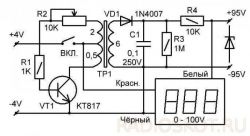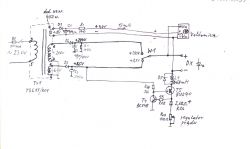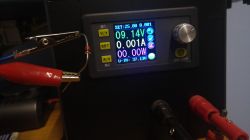Hello colleagues.
I haven't published anything for a long time. I spend more time on mechanics in the workshop. Milling machine, lathe.
Today, a simple meter, a Zener diode voltage measuring instrument. Diagram from the Russian-speaking forum. Both the simple diagram and the execution of the device. Three ready-made modules for a few zlotys and one resistor, capacitor and a few centimeters of cable. It has an external battery charging.
It works immediately after assembly. Measures diodes up to 30V. One note when doing this
check the correctness of + - and U wires on the display PCB. There are different colors and sequence of leads.
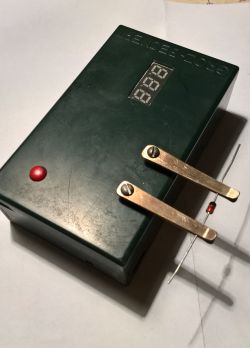
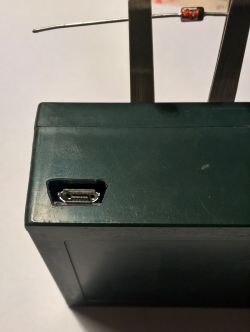
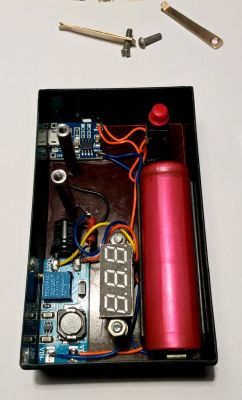

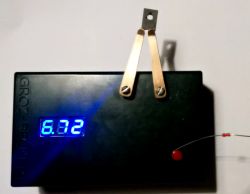
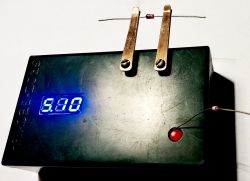
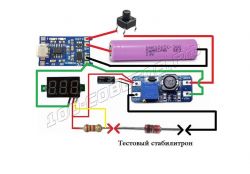
I haven't published anything for a long time. I spend more time on mechanics in the workshop. Milling machine, lathe.
Today, a simple meter, a Zener diode voltage measuring instrument. Diagram from the Russian-speaking forum. Both the simple diagram and the execution of the device. Three ready-made modules for a few zlotys and one resistor, capacitor and a few centimeters of cable. It has an external battery charging.
It works immediately after assembly. Measures diodes up to 30V. One note when doing this
check the correctness of + - and U wires on the display PCB. There are different colors and sequence of leads.







Cool? Ranking DIY






